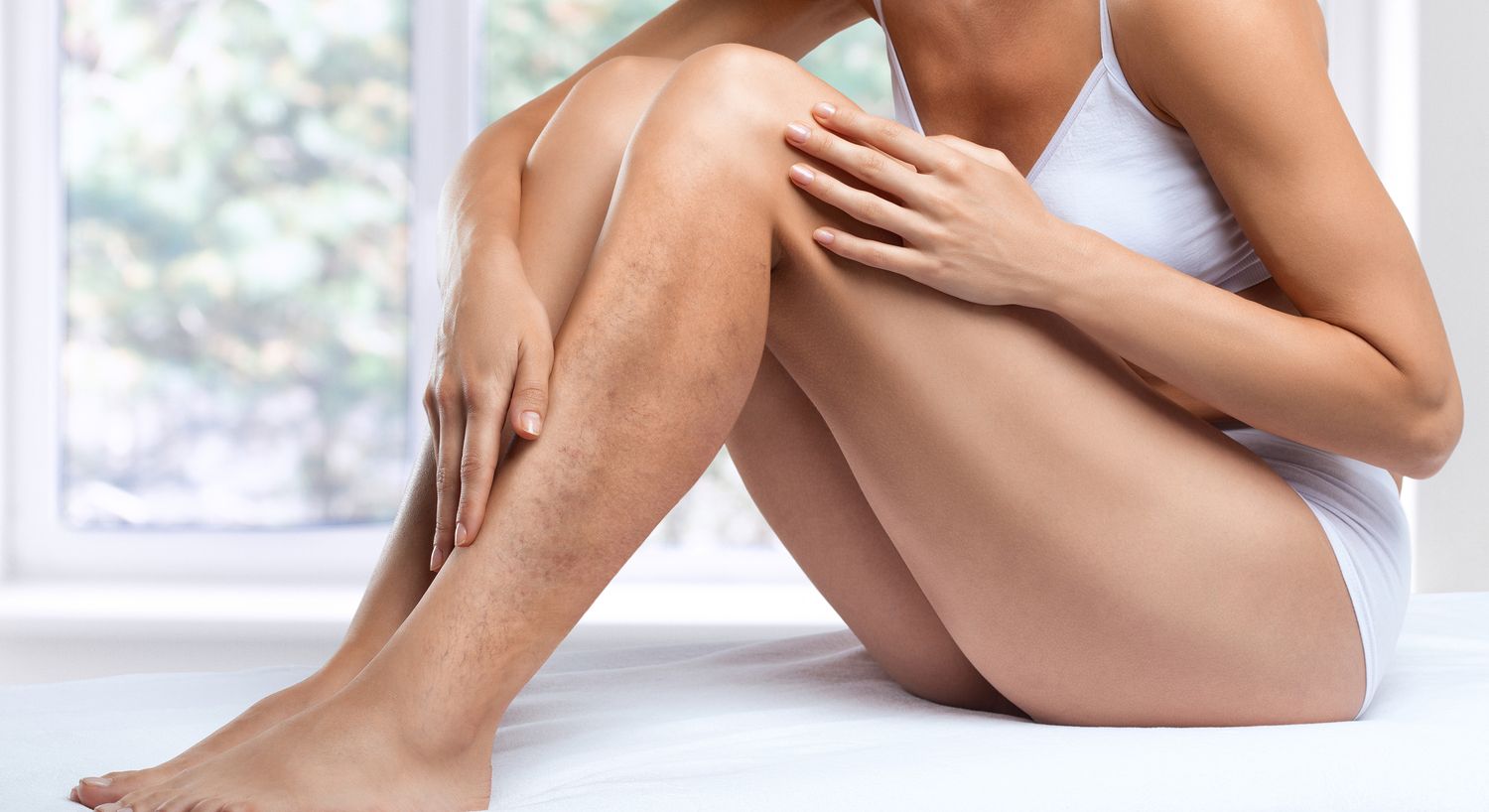Laser For Veins


Varicose veins, often referred to in everyday life as “the disease of tired legs,” can be effectively treated with laser for veins. But in fact, the factors causing it are much more complicated. And the disease itself is by no means just a harmless cosmetic defect. Varicose veins of the lower extremities leads to the occurrence of chronic venous insufficiency – a condition, the final result of which may be the occurrence of a venous trophic ulcer.

Endovenous laser coagulation (EVLK)- minimally invasive, safe, modern, and effective type of treatment for varicose veins. It has synonymous names: endovenous laser ablation, endovascular coagulation of the veins of the lower extremities, endovenous laser obliteration (EVLO). But whatever the name, the technique of laser coagulation remains the same. A radial fiber-optic light guide is inserted through the puncture into the vein. Then, with the help of a special pump, an anesthetic solution is pumped around the vein, which not only anesthetizes the procedure but also compresses the vein, reducing its diameter and thereby protecting the surrounding tissues from overheating. For the procedure, modern vascular lasers are used, which generate two waves: one of them is absorbed by blood hemoglobin, the second by the vascular wall. Vienna is “brewing”. All stages (position of the light guide, infiltration of the solution around the vein, and the very process of “brewing”) are monitored in real time by ultrasound devices. The duration of the EVLK procedure on one limb is 30-60 minutes.
Endovenous laser coagulation is currently considered one of the most advanced, low-traumatic, and minimally invasive types of treatment for varicose veins.


Complications of varicose veins, although rare, can include:




Are you looking to erase acne scars, dark spots, or freckles? Avané Clinic in Nairobi offers a chemical peel treatment that can help you achieve smoother, clearer skin.
Laser hair removal offers numerous benefits, including long-lasting hair reduction or removal, precision in targeting dark, coarse hairs while leaving surrounding skin undamaged, and saving time compared to regular waxing, tweezing, or shaving.
MIRApeel is the latest innovation that helps the skin to become hydrated, nourished, and achieve a healthy glow.